In order to purchase gilsonite powder, it’s important to find a reliable company. However, it’s not easy to find one among numerous suppliers that work in this field.
gilsonite powder australia
Therefore, it’s important to purchase from a company that is directly connected to the manufacturer. In this article, you can find some information regarding gilsonite that can help you have a clearer perception of this material and have a safer purchase. Gilsonite is included in a class of solid bitumen known as asphaltites. Gilsonite deposits are located in eastern Utah in the United States. They are different from other asphaltites because of their high asphaltene content, high solubility in organic solvents, high purity and consistent properties, high molecular weight, and high nitrogen content. Gilsonite is available in different grades categorized by softening point. Softening point is used as an approximate guide to melt viscosity and behavior in solution. The chemical differences are small between Gilsonite grades, with only subtle variations in average molecular weight and asphaltene/resin-oil ratios. The precursor of Gilsonite is believed to be kerogen from the Green River formation deep below the Uintah Basin in eastern Utah. Mild thermal reductive degradation of this kerogen at subsequent fractionation as it was geologically squeezed to the surface is believed to be responsible for the formation of the unique deposits, we mine today. A very unique feature of Gilsonite is its high nitrogen content, which is present mainly as pyrrole, pyridine, and amide functional groups. Phenolic and carbonyl groups are also present. The low oxygen content relative to nitrogen suggests that much of the nitrogen has basic functionality. This probably accounts for Gilsonite’s special surface wetting properties and resistance to free radical oxidation. The average molecular weight of Gilsonite is about 3000. This is very high relative to other asphalt products and to most synthetic resins. This may relate to Gilsonite’s “semi-polymeric” behavior when used as a modifying resin in polymeric and elastomeric systems. There is some reactive potential in Gilsonite. Crosslinking and addition-type reactions have been observed. Gilsonite is known to react with formaldehyde compounds under certain conditions. Gilsonite, also known as North American Asphaltum, is a naturally occurring hydrocarbon that can be encountered in the Uintah Basin in northeastern Utah. This natural asphalt is also commonly referred to as asphaltite, uintaite, and Asphaltum. Similar to durable petroleum asphalt, it goes by these names. 
gilsonite powder for sale
Additionally, asphalt made from petroleum, aliphatic and aromatic solvents can dissolve gilsonite. Because of its remarkable compatibility with softer petroleum compounds, gilsonite is commonly used in the petroleum sector. Large quantities of the mineral gilsonite can be discovered as a shiny, dark substance that mimics obsidian. It has a brittle consistency and can be easily ground into a dark brown powder. Gilsonite is commonly found as veins or seams that range in width from two to six feet, however, they can reach widths of up to 28 feet. These veins or seams are located beneath the earth’s surface. The veins almost run horizontally from northwest to southeast and are nearly parallel to one another. They span a substantial number of miles in length and can reach depths of up to 450 meters. The vein will begin as a slender protrusion on the surface and gradually grow bigger as it penetrates deeper into the rock. Gilsonite is extracted manually for the same reason it was extracted manually fifty to one hundred years ago: the mining face is too narrow. Modern miners employ pneumatic chipping hammers and motorized hoists; this is the most significant difference. The mineral currently known as Gilsonite or North American Asphaltum was found in the early 1860s. However, it was not until the middle of the 1880s that Samuel H. Gilson began to market it as a varnish, wire cable insulation, and waterproof covering for timber pilings. Due to the success of Gilson’s efforts to promote the mineral, he and a business partner founded the first company to mine and sell gilsonite commercially in 1888. Initially, two categories of gilsonite were available for purchase: “Selects” and “Fines.” The ore having a low softening point and the conchoidal fracture is referred to as “selects” and the ore with a higher softening point and a structure resembling a pencil was referred to as “Fines.” Selects commanded a higher price than Fines because of their greater purity, stronger solubility, and greater applicability in the paint, stain, and varnish-making industries. This classification system has evolved due to the passage of time and the development of technology. When gilsonite is processed, the vast majority of inert impurities are eliminated, and newer, more strong solvents make the higher softening point grades more desirable to consumers. 
gilsonite powder uk
Gilsonite is categorized based on its softening point, which is an approximation of its solubility, and its particle size. In the 1880s, small quantities of crude gilsonite were initially sold on the market. Currently, all grades feature a quality level that is substantially higher than those original quantities. Asphaltites comprise gilsonite as one of its solid bitumen components. Gilsonite deposits in the United States are located in the eastern portion of Utah. Their high asphaltene content, high solubility in organic solvents, great purity and consistency, high molecular weight, and high nitrogen content distinguish them from other asphaltites. Gilsonite is available in a number of grades, which can be categorized by their melting points. The melting point serves as a rough indicator of the viscosity of the melt and the behavior of the substance in the solution. Due to the small changes in asphaltene/resin-oil ratios and average molecular weight between the various classes of gilsonite, their chemical differences are negligible. It is believed that kerogen from the Green River Formation, found deep below the Uintah Basin in eastern Utah, is the mineral Gilsonite’s progenitor. The moderate thermal reductive breakdown of this kerogen after successive fractionation, when it was geologically compressed to the surface, is considered to have led to the formation of these unique deposits. Currently, these deposits are being extracted. The high nitrogen concentration of Gilsonite, which is predominantly found as pyrrole, pyridine, and amide functional groups, is one of this mineral’s most distinguishing features. Furthermore, carbonyl and phenolic groups are present. In relation to the high nitrogen level, the low oxygen content indicates that a large fraction of the nitrogen has fundamental functions. Due to this, Gilsonite presumably offers unique surface wetting properties as well as resistance to free radical-induced oxidation. The average molecular weight of gilsonite is thought to be around 3000. This is a rather high value compared to other asphalt products and the vast majority of synthetic resins. This may have something to do with Gilsonite’s “semi-polymeric” nature when used as a modifier in polymeric and elastomeric systems. Gilsonite offers a certain degree of reactivity potential. There have been reports of both crosslinking and addition-type reactions. Under some conditions, gilsonite has been demonstrated to react with formaldehyde-containing compounds. GILSONITE SOLUTIONS 
gilsonite powder nz
Gilsonite solutions, also known as cutbacks or varnishes, are a suitable starting point for combining gilsonite with other ingredients in a final formulation. This method of mixing is called as varnishing. Certain formulators turn dried gilsonite into a liquid solution in their own facilities. Others will request a previously created solution. By transforming dry, granular gilsonite into a liquid solution, it is possible to remove a minute amount of abrasive grit from natural asphaltum. This opportunity arises when gilsonite is transformed from its granular, dry state. If a weak solvent is used or if significant quantities of gilsonite are required, stabilizing agents may also be required. Solubility Gilsonite is capable of dissolving in aliphatic, aromatic, and chlorinated hydrocarbon solvents. Nevertheless, it is soluble in mixed aromatic solvents that contain a ketone component, despite its relatively low solubility in ketones in general. Gilsonite is both insoluble in water and alcohol, yet soluble in acetone. One of these three major methods can be used to dissolve gilsonite. When combustible materials are present, it is vital that suitable safety precautions be followed. Cold-cutting It is advised to utilize some stimulation. The rate of solution is determined by the type of solvent, the method of mixing, the intensity level, and the grade of gilsonite. Using a high-shear mixer, such as a Cowles disperser, the rate of solution production can be accelerated. The lump variety of gilsonite is recommended for use in paddle mixers or ball mills. When high-energy mixing is available, either lump or pulverized forms of the material can be used. When working with crushed grades, care must be taken to prevent the production of “dry balls” of insoluble particles. Hot-cutting Heating can be used to accelerate the rate of solution, a process known as “hot cutting.” The usage of steam coils or hot oil is favored. Direct flame heating can offer safety issues. Care must be taken to prevent or compensate for solvent evaporation. In many instances, solvent containment facilities are essential. The range of the boiling point of the solvent will dictate the maximum temperature that can be reached during the operation. Hot fluxing Gilsonite is capable of being hot fluxed into high-boiling oils and asphalts. Please consult a separate technical bulletin for additional information regarding this technique. We are here to supply you with the best bitumen available in the market at the best price. Contact us for more information. 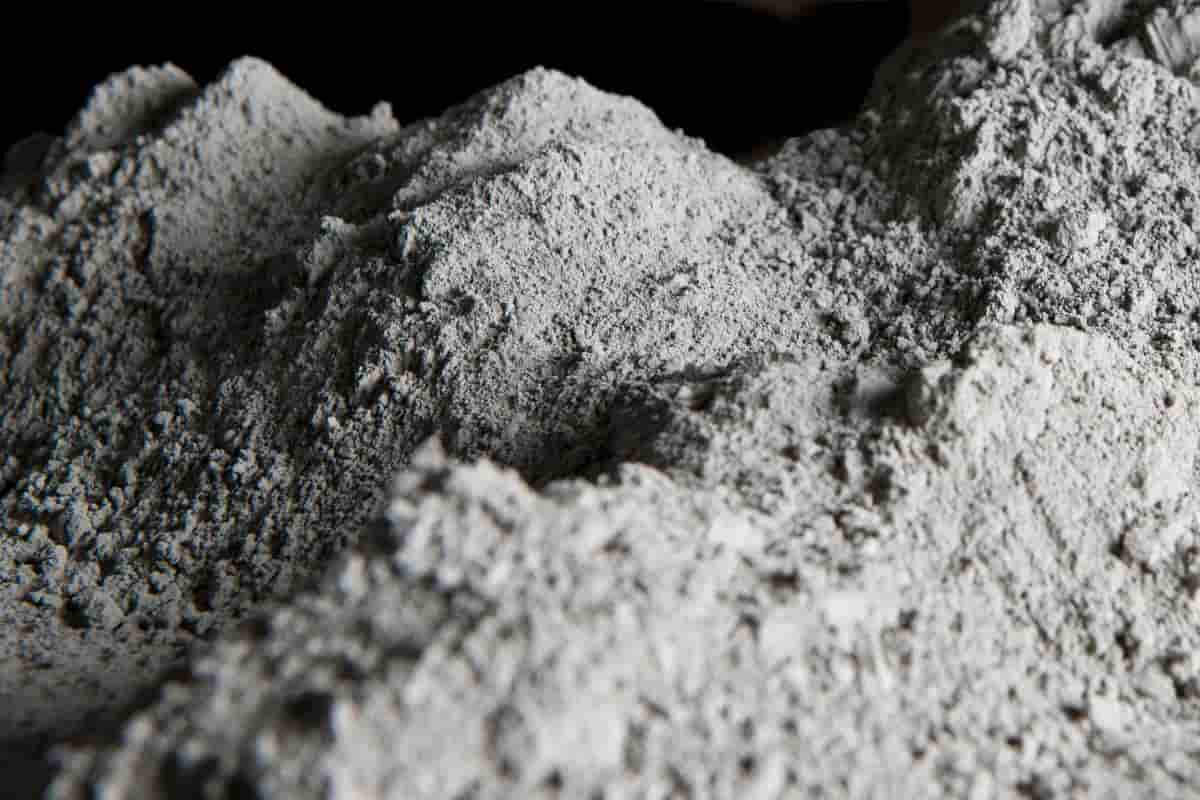
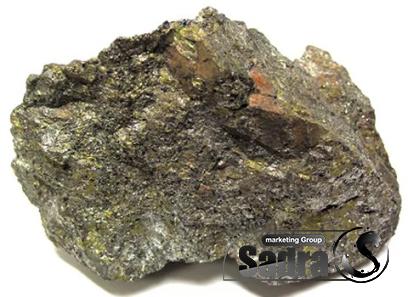
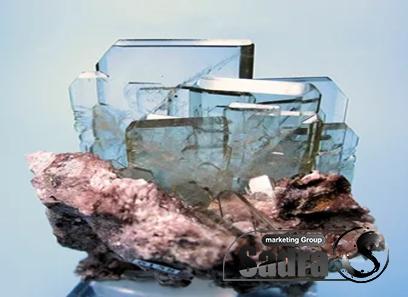
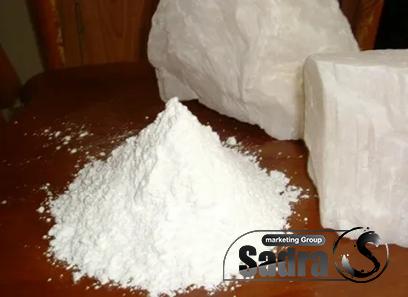
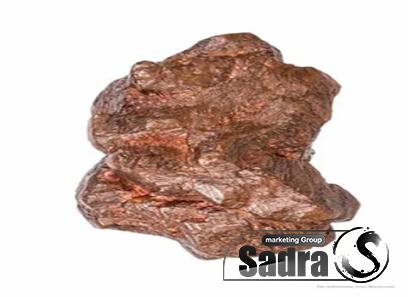
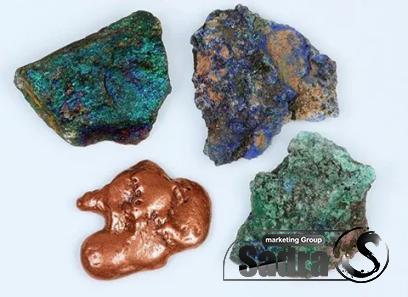

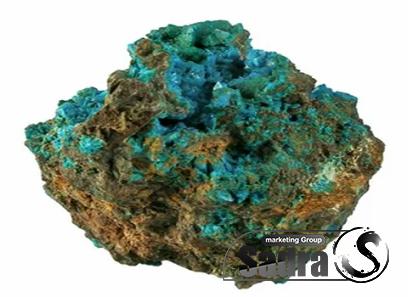
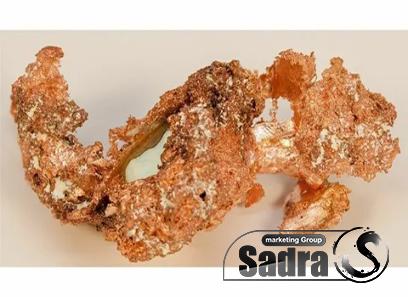
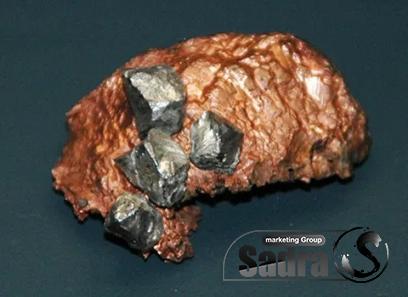
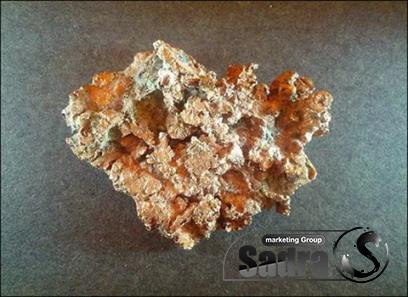
Your comment submitted.